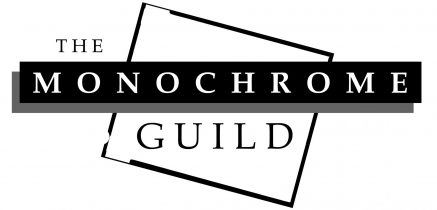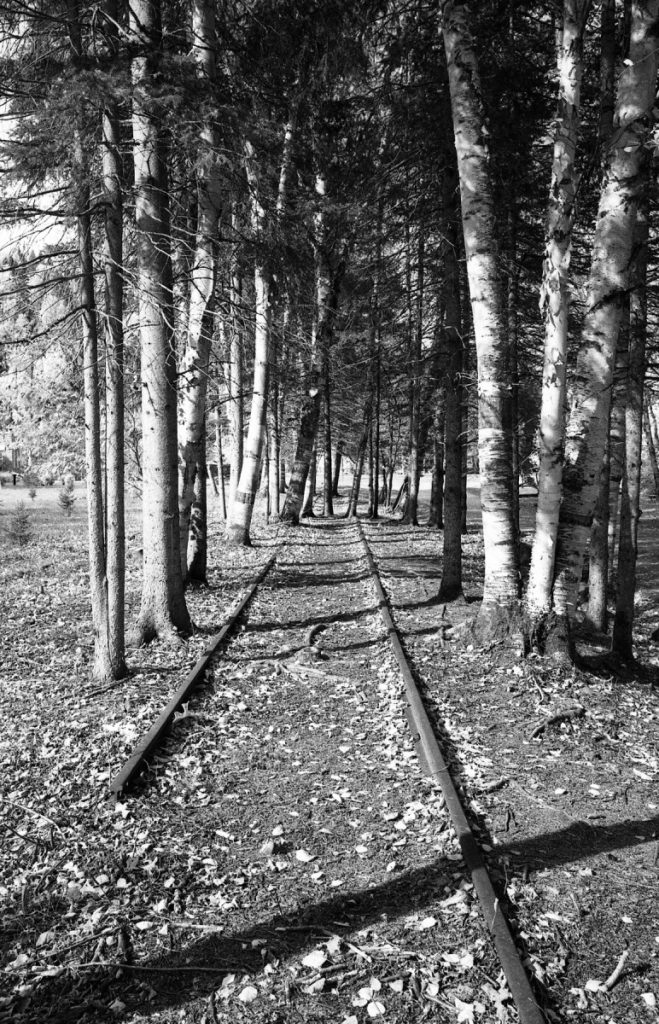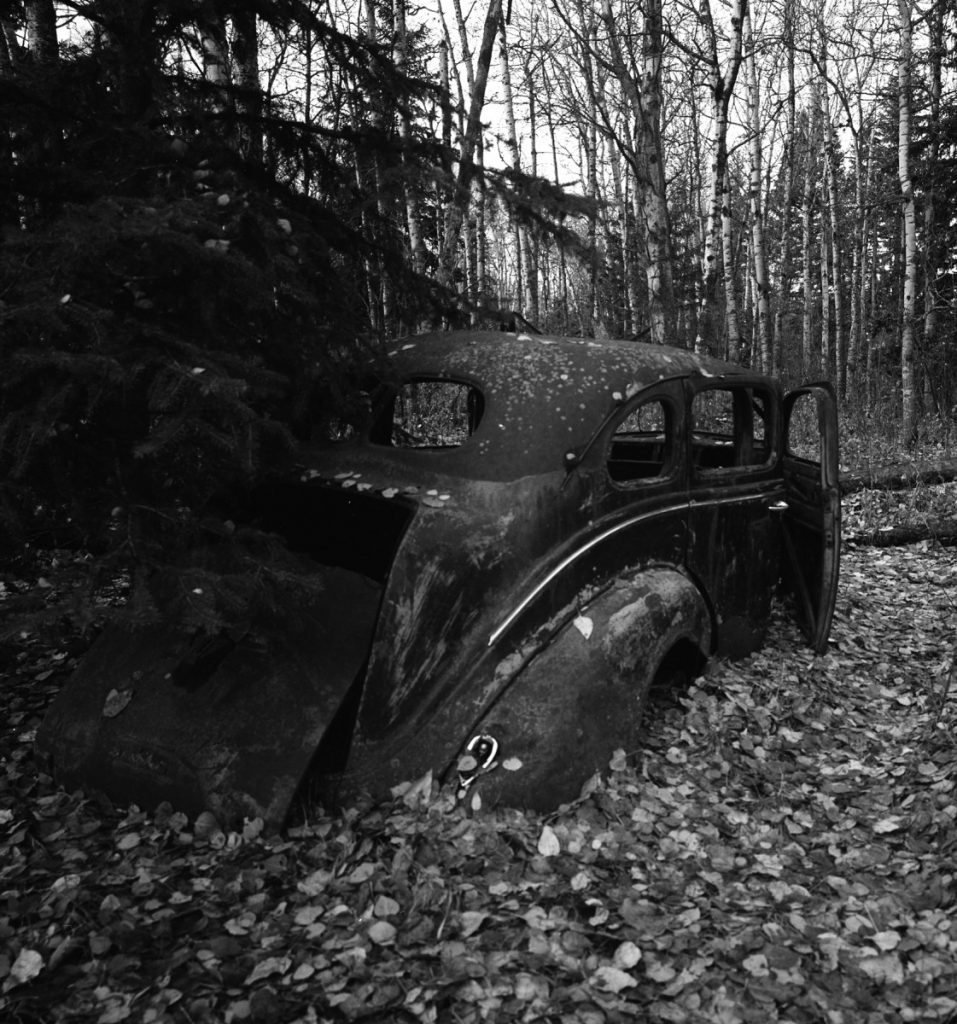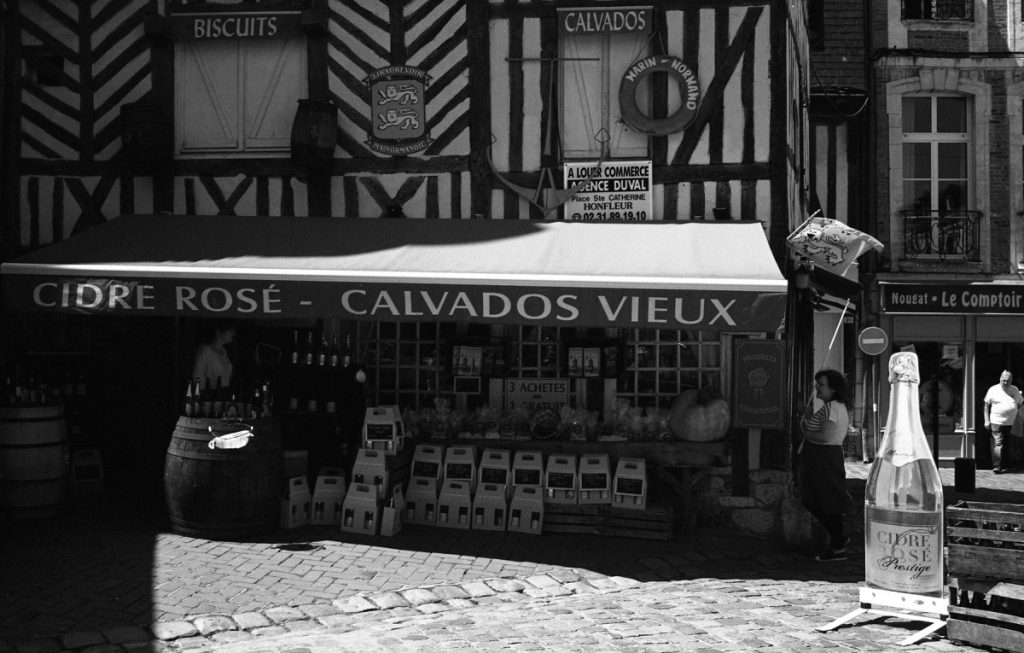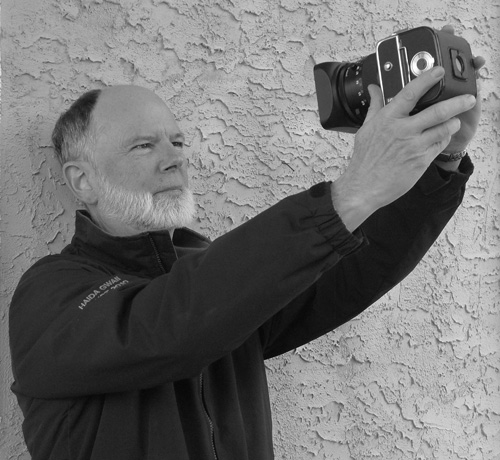
I tend to visit places that are out of the way, which gives me opportunities to create images of locations that elude others. It appeals to me that what we do is different from the mainstream. Shooting film and analogue photography has been my (perhaps unconventional) outlet to explore the people and world around me.
-Court
Court Smith grew up in the Niagara Peninsula and spent some time in Pennsylvania before moving to Edmonton in 1975. His introduction to a serious camera was 35mm at the age of 20, and he has thousands of Kodachromes from those days. Court was later introduced to medium format and a home darkroom, through a chance meeting and friendship with another photographer. Throughout the 70s, Court shot medium format film and worked in a darkroom that he constructed, until other demands forced him to limit his photographic work to 35mm colour slide and prints.
In 2008, things aligned for Court to get back into black and white film, build a new darkroom, and replicate some of the subjects of 30 years ago. That same year, he was introduced to and immediately joined the Monochrome Guild. Court now shoots medium format and 35mm equipment predominantly. In retirement, Court has had the fortunate ability take his photographic interest where he travels, whether it be the rural landscapes of Alberta or Scotland, a common destination for Court to photograph and visit his grandchildren.
Court is drawn to the historical aspect of photographs. When joining the Leica Historical Society of America, one is asked to describe their interest in photography, and Court replied “Landscapes where the actions of man are evident.” The prairies, where the Guild is based, is an ideal location to experiment with these concepts. Our human history is recent, but it has been subject to rapid change with the result that there is plenty of both the past and present to see, to visualize and to photograph. However, because it is the prairies, one has to be slow and deliberate to actually “see” what these landscapes offer the photographer. Court sees this process of discovery fitting exceptionally well with the traditional photographic methods practiced by the Guild.
